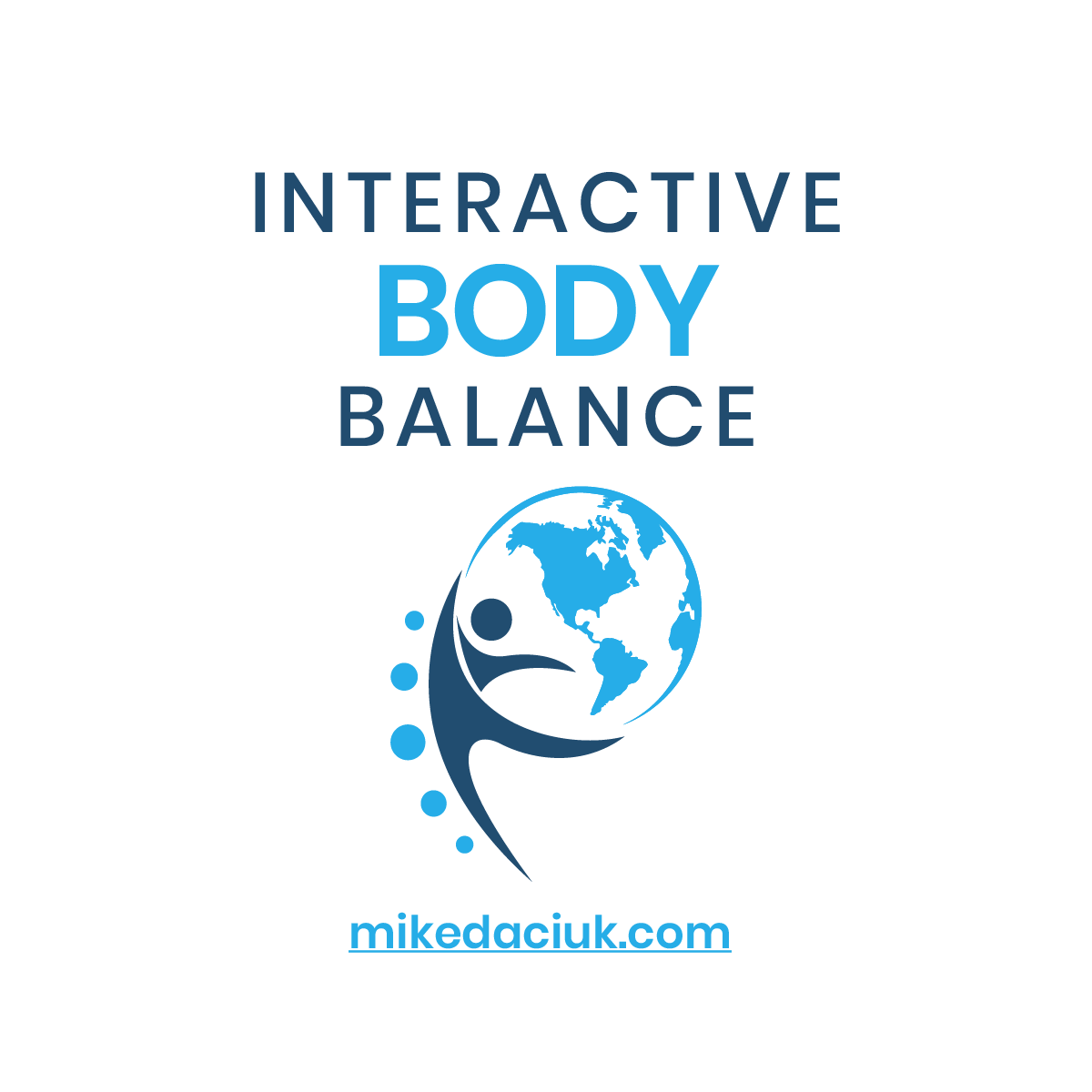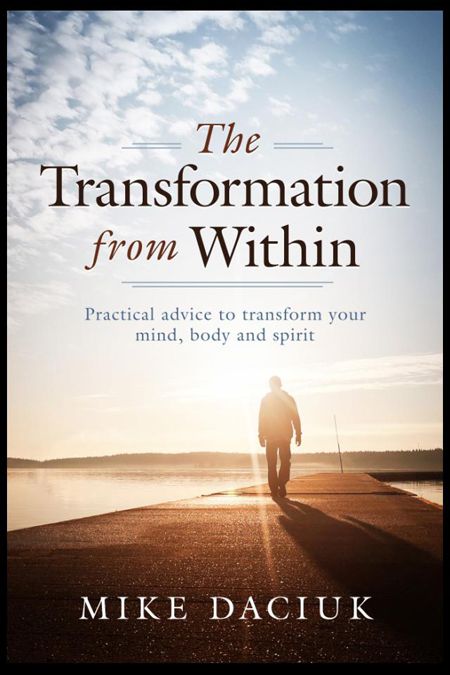Exercise Programs and Health Benefits
Exercise
The impact of exercise on your mood, hormones, body chemistry, strength and heart is substantial. The amount and duration of exercise you should attempt is dependent upon your physiological levels (hormones, toxicity, digestive health, etc.). Exercise is a stressor to the body and needs to be done in moderation. A healthy individual who is not an athlete or competing should be training three to four days a week for 45 minutes per session. These workouts are a combination of body part training augmented with functional, full body exercises. This promotes muscle growth and cardio vascular activity while also enabling proper recovery. Your muscles stretch and wear down when you workout and then they replenish and repair in between workout days. It is extremely important to allow this growth and rejuvenation. Stretching is also critical for elasticity and synovial fluid activation. This will greatly reduce injury and more serious tears, pull and strains.
One Size Doesn’t Fit All
Having been a personal trainer and functional medicine practitioner for many years, I have come across thousands of people looking to change their lives. They are all unique and have a story to tell which is what makes them both challenging and rewarding. It is true that you do start to see trends and patterns over time but people are inherently different with varying body types. In my practice, I serve children, women, men, the elderly, clients who are underweight, overweight, tall, short and the list goes on. I have to approach each one with the fundamentals I have been educated on, augmented with the specificities of each individual. This means that both healthy and chronically sick people are typically within certain ranges on their lab results but there are anomalies and unexplained variances that are unique to each client. It is my responsibility to uncover the deficiencies and build a sustainable plan for that person. For the purposes of this book and from a training perspective, I will describe the typical clients I see below and what type of exercises and workout protocol they would benefit from.
Overweight with Limited Training Experience
I would say this client is by far the number one type who walks into my office. They are overweight and want to get into better shape. They are apprehensive about working out for all of the fears and stigmas that come with it but have finally had enough of their current state. They are ready to take action but need guidance in how to achieve their desired outcome. Once we have reviewed all of the information covered in the book, I would then develop a program that is more tailored towards full body, functional exercises that have a combination of compound exercises and body part training. This type of client needs to move and engage all muscle groups. When you engage your legs with squats or deadlifts, you also release hormones that benefit your upper body as well. I would suggest performing some core exercises like barbell (bb) twists, medicine ball (MB) throws, band exercises along with multi joint movements like burpees, one arm snatches, light runs and squat rows. It is imperative to get their metabolism and metabolic pathways moving so they can burn some energy and stimulate the muscle fibres. I would start them off with a four day program of which three days would consist of full body, multi joint exercises complemented by a day of body part exercises like bench press, pulldowns, squats, shoulder presses, etc. My clients are typically on eight week phases where they are given a three or four day routine with a variety of exercises. Phase two would start eight weeks later with different movements, types of exercises, different reps, different body parts and potentially adding in drop sets or supersets depending on their skill level. We keep pushing their limits and challenging them as the body adapts very quickly and they are thirsting for more. The initial goal is to help them lose fat and weight while increasing muscle density and shape. We want them to feel better physiologically (internal markers) first and foremost but we also want them to start looking better aesthetically. Both are important as I am routinely reminded.
Underweight and looking to put on Muscle and Size
A second client who I see is the one who is underweight or “skinny” and wants to put on muscle and shape. They are looking to have more energy, become stronger and become more proportionate. Once again, aside from all of the nutrition, functional medicine, past history, lifestyle and other concepts we talk about, their workout program will be more suited towards lower reps and more body part training. Once we get acclimated with their capabilities, we would have them perform more relevant exercises like the squat, deadlift, lunges, abdominal work, bench press, pull-ups (assisted if need be), curls, tri-cep pushdowns, shoulder raises, etc. There would be three days of body part training (leg day, back day, chest, shoulders, arms, etc.) augmented by a functional workout day where we sweat and push the clients to their limit. That may mean sled pushes, battling ropes, sprints, ladder drills, etc. Those are what I typically refer to as functional or full body workouts. It engages all muscles and keeps your body guessing. The body part way of training is more “old school” and still has its place for a small percentage of my clients. As described, it is a great way to increase the volume of each muscle group and you can really control the reps and sets when you do it. Even in this group though, I still use my functional approach as that is the new paradigm and I find it more effective for the population as a whole (as mentioned with the first group).
Athletes and Competitors
This group makes up about 10 percent of my clients. They are the ones who have a firm understanding of exercise and physiology but want to take it to the next level. They are either playing at the elite level, have scholarships, are MMA fighters, turning professional or play professionally already. You would expect them to be well versed and have the science dialed in but you would be surprised at how much they can learn and how receptive they are to new techniques and ideas. This group will be nurtured and guided very carefully as their income and livelihood may depend on their progress. It could mean being cut from a team or making a million dollars. You have to really balance nutrition, functional medicine and a proper training protocol. This will really depend on the discipline that these competitors are performing in. If they are a marathon runner, then we will be focusing more on cardiovascular activity and more aerobic training. They need to have the lung capacity and a strong heart rate that can endure a long race. We will do very little if any explosive activity. They also consume more carbohydrates than others as their glycogen stores are depleted quickly and they burn an immense amount of fuel when they train and race.
The second athlete group will be called the hockey players or MMA athletes. They are a mixture of power and stamina. They need to have the explosiveness and power for a hockey shift which can last one minute or a five minute MMA round. They will be moving in and out of anaerobic and aerobic state which basically describes oxygen flow through the body. They will need strength exercises as outlined above (squats, core, jumps, sled push, kettlebells, lateral movement, lunges, box jumps, presses, pull-ups, etc.) supplemented with functional movements and more aerobic based like the treadmill, sparring, jogging, sustained reflex drills, bag drills, seal fit type military drills, etc. They will train up to six days a week and three days will be more strength based followed by three days of functional, full body, cardiovascular training. Their biggest asset is resting in between training. You don’t want to burn out or risk injury by overtraining. Unfortunately, this is very common in athletes.
www.mikedaciuk.com



